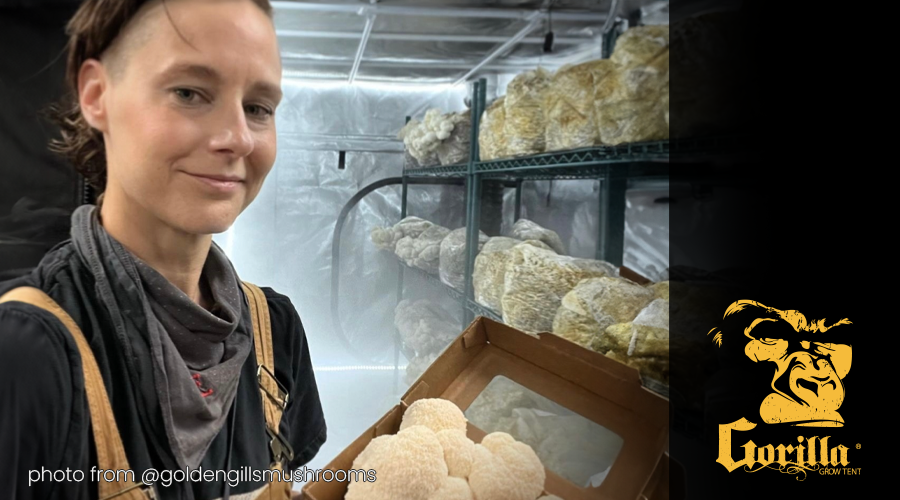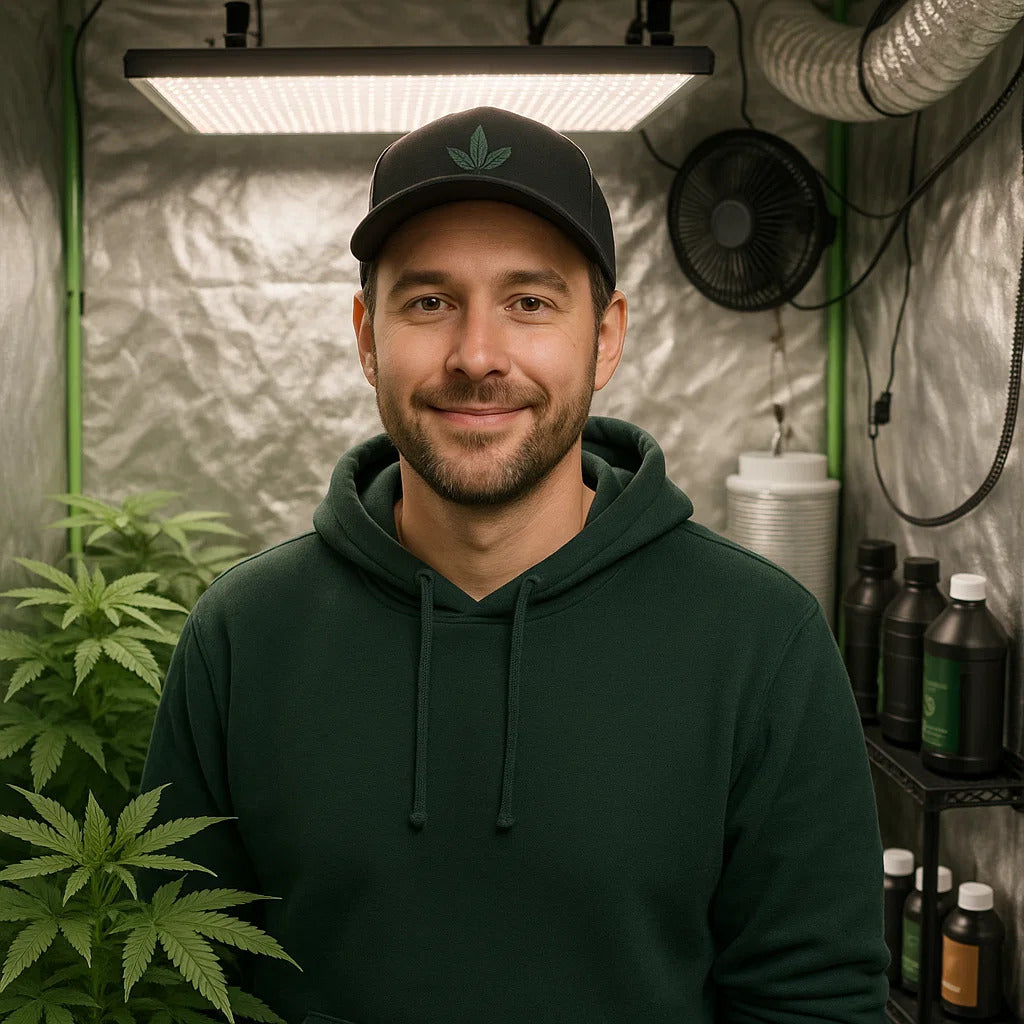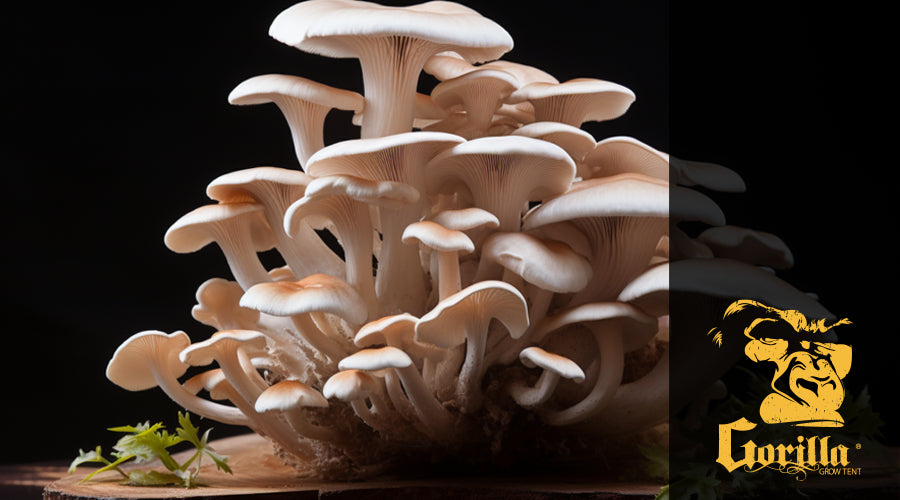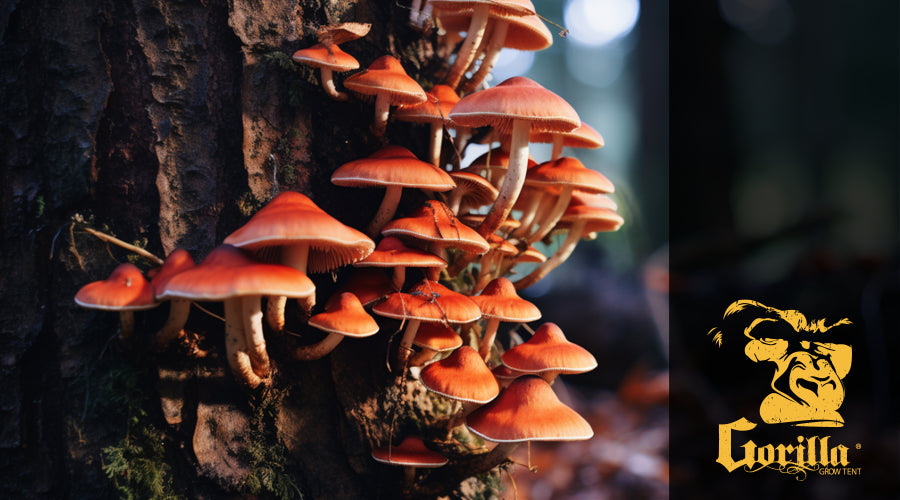
How Long Does It Take for Mushrooms to Grow?
How Long Does It Take for Mushrooms to Grow? Understanding the Growth Cycle & Factors
Mushrooms have captivated human imagination for centuries, with their mysterious growth patterns and remarkable diversity. Whether you're a curious home gardener or an aspiring mycologist, understanding the timeline of mushroom growth is essential.
In this article, we delve into the fascinating world of mushroom cultivation and explore the factors that influence how long these fungi take to sprout and mature.
Navigating the Timelines of Mushroom Cultivation
The Lifecycle of Mushrooms
Mushrooms, often referred to as the "fruit" of fungi, are the reproductive structures produced by various fungal species. Their growth process can be broadly divided into five stages:
Spore Germination: It all begins with the germination of spores, which are tiny reproductive cells. Under favorable moisture, temperature, and substrate conditions, spores germinate, forming thread-like structures known as mycelium.
Mycelial Growth: The mycelium expands as it searches for nutrients, breaking down organic matter in its path. Depending on the mushroom species and environmental conditions, this stage can take anywhere from a few days to several weeks.
Primordia Formation: As mycelial networks mature, they develop small, pin-like structures called primordia. These primordia are the early stages of mushroom growth and indicate that the fruiting process is about to begin.
Fruiting Body Development: Primordia continues developing, forming mature mushrooms' recognizable caps and stems. This stage can take anywhere from a few days to several weeks, depending on factors such as temperature, humidity, and substrate quality.
Spore Release: Once the mushroom's cap has fully expanded, it opens to release spores into the environment, allowing for the continuation of the fungal lifecycle.
Factors Influencing Mushroom Growth Time
A range of factors influences the timeline for mushroom growth:
Mushroom Species: Different mushroom species have unique growth requirements and timelines. Some species, like oyster mushrooms, can mature within a couple of weeks, while others, like morel mushrooms, may take several weeks to months.
Environmental Conditions: Temperature, humidity, and light are crucial environmental factors. Most mushrooms thrive within specific temperature and humidity ranges, and exposure to the right amount of light (or darkness) can trigger fruiting.
Substrate: The material on which mushrooms grow, known as the substrate, significantly affects growth time. Common substrates include wood chips, straw, and compost. The substrate composition, moisture level, and nutrient content all play a role.
Growing Method: Mushroom cultivation methods vary, from traditional outdoor beds to indoor setups. The chosen method can impact growth time; for instance, controlled indoor environments can expedite growth compared to outdoor conditions.
Genetic Variability: Just as plants vary in growth rate, mushrooms of the same species may exhibit slight differences in growth time due to genetic variability.
Case Studies: Mushroom Growth Timelines
Let's explore the growth timelines of a few popular mushroom species:
White Button Mushrooms (Agaricus bisporus): These commonly cultivated mushrooms can be ready for harvest within 3-4 weeks from inoculation, making them a favorite among beginners.
Shiitake Mushrooms (Lentinula edodes): Depending on growing conditions, shiitake mushrooms typically take 2-4 weeks to form primordia and another 1-2 weeks to mature.
Portobello Mushrooms (Agaricus bisporus var. portobello): Portobello mushrooms, a mature form of white button mushrooms, can take an additional week or two to develop their characteristic large size and cap color.
Cultivation Techniques and Growth Time
Mushroom cultivation enthusiasts have developed various techniques to optimize growth time and yield. Here are a few techniques that can influence the speed at which mushrooms grow:
Casing: Casing involves adding a layer of nutrient-rich material, such as peat moss or vermiculite, on top of the mycelium. This technique can help accelerate primordia formation and fruiting, resulting in a shorter overall growth time.
Dunking: Dunking is the process of immersing the mycelium and substrate in water for a brief period. This helps replenish moisture levels and can stimulate faster fruiting body development.
Cold Shocking: Some mushroom species benefit from a sudden drop in temperature, known as cold shocking. This technique can trigger the formation of primordia and speed up the overall growth process.
Monotub Cultivation: Monotubs are a popular indoor cultivation method that provides controlled conditions for mushroom growth. With proper monitoring and adjustments, monotub setups can lead to quicker growth and larger yields.
Patience Rewarded: Specialty Mushrooms
While common mushroom species have relatively predictable growth timelines, specialty mushrooms offer a unique and sometimes challenging cultivation experience. Let's take a look at a couple of examples:
Morel Mushrooms (Morchella spp.): Morels are prized for their distinctive honeycomb appearance and earthy flavor. Cultivating morels can be quite challenging and requires specific conditions, often taking several months to a year or more to see fruiting.
Truffle Mushrooms (Tuber spp.): Truffles, the gourmet delicacies that grow underground in association with tree roots, have a notoriously slow growth process. It can take several years for truffle-producing trees to establish a symbiotic relationship with truffle mycelium before any truffles are produced.
Tips for Successful Mushroom Cultivation
To ensure a successful mushroom cultivation experience and minimize frustration, consider the following tips:
Research: Understand the specific requirements of the mushroom species you intend to grow. Research the optimal temperature, humidity, substrate, and other factors that influence growth.
Cleanliness: Maintain a clean and sterile environment to prevent contamination from unwanted microorganisms that could hinder mushroom growth.
Patience: While some mushrooms grow relatively quickly, others may take longer. Patience is essential throughout the cultivation process.
Monitoring: Regularly monitor and adjust environmental conditions to create the ideal growth environment for your chosen mushroom species.
Experimentation: Don't be afraid to experiment with different techniques and methods to find what works best for your specific setup and goals.
Environmental Manipulation for Faster Growth
Experienced mushroom cultivators often use advanced techniques to manipulate the growth environment and expedite the growth process:
Fruiting Chambers: Creating a controlled fruiting chamber allows you to adjust temperature, humidity, and air circulation to encourage faster and more prolific mushroom growth.
Temperature Cycling: Some mushroom species benefit from temperature fluctuations, mimicking the changing seasons. By cycling between warmer and cooler temperatures, you can stimulate fruiting and potentially reduce the overall growth time.
Humidity Regulation: Maintaining optimal humidity levels throughout the growth process is crucial. High humidity promotes mycelial growth, while slightly lower humidity levels can trigger fruiting.
Air Exchange: Proper air exchange ensures a fresh supply of oxygen and the removal of carbon dioxide, both of which are essential for robust mushroom development.
Mushroom growth is a captivating journey influenced by a multitude of factors, from species to environmental conditions. As you embark on your own mushroom cultivation adventure, remember that patience and attention to detail are key. By providing the right conditions and maintaining a watchful eye, you can witness the mesmerizing transformation from spore to fruiting body and enjoy the bountiful rewards of your efforts.
Happy mushroom growing!

Lena Myles
I'm a mushroom enthusiast and home cook based in Oregon. I'm passionate about foraging and creating fungi-focused recipes, especially delicious, plant-based dishes using gourmet mushrooms like trumpet, shiitake, and oyster. When I’m not in the kitchen, you’ll usually find me wandering the woods in search of new wild flavors.



